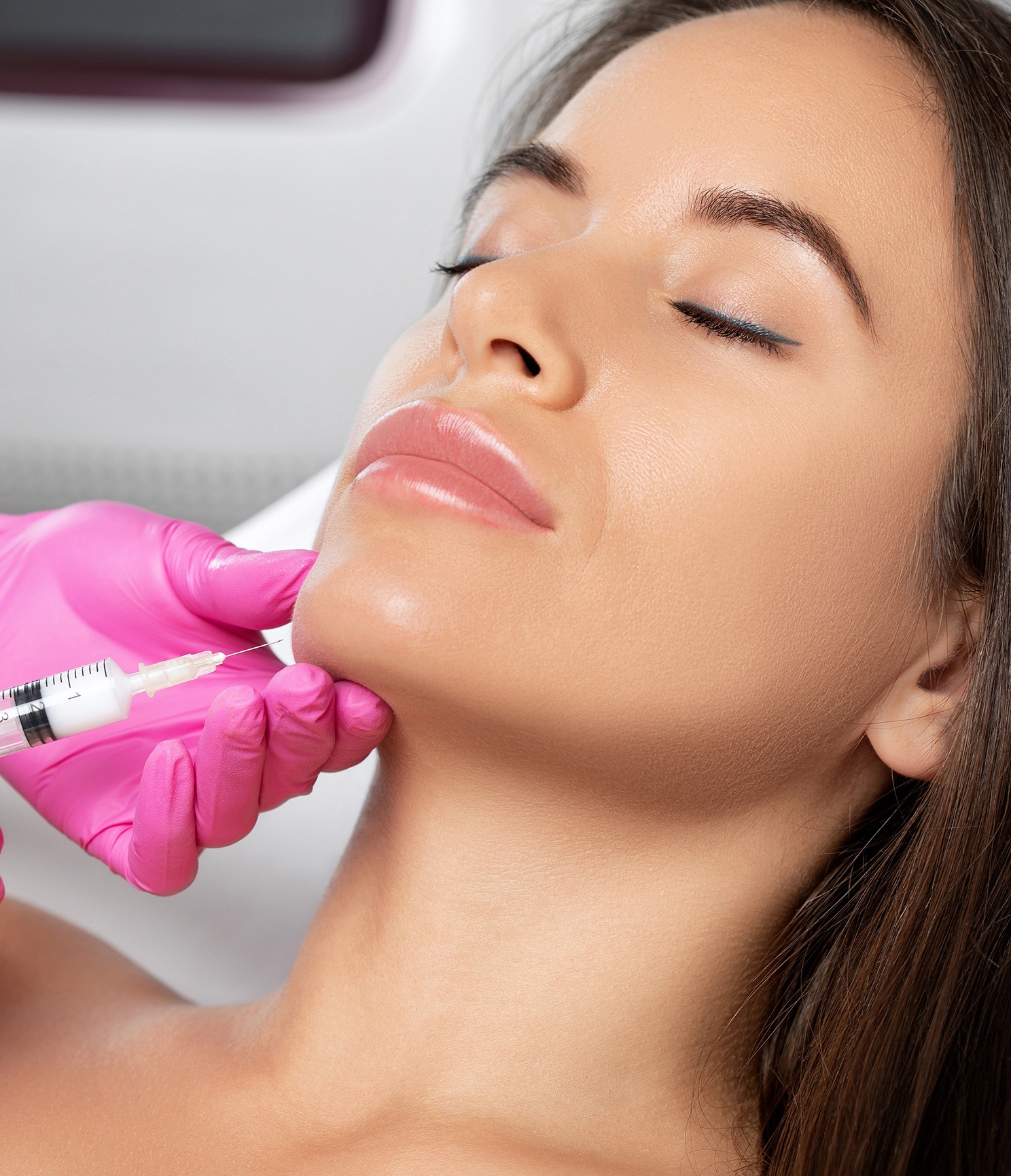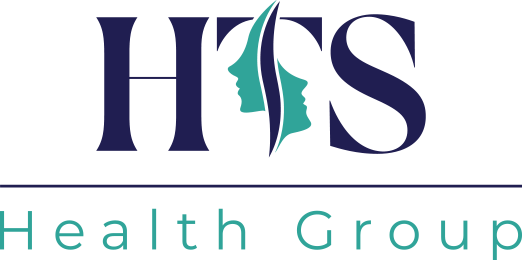Face fat injection, also known as autologous fat transfer or facial fat grafting, is a minimally invasive cosmetic procedure that uses a patient’s own fat to restore volume and enhance facial contours. This procedure can address concerns such as hollowed cheeks, sunken eyes, and an overall aged appearance, resulting in a more youthful and rejuvenated look.
Face fat injection, also known as autologous fat transfer or facial fat grafting, is a minimally invasive cosmetic procedure that utilizes a patient’s own fat to restore volume and enhance facial contours. As we age, the face naturally loses volume, which can lead to hollowed cheeks, sunken eyes, and an overall aged appearance. Face fat injection offers a natural and long-lasting solution to address these concerns by harvesting fat from one area of the body and injecting it into the desired facial areas, resulting in a more youthful and rejuvenated appearance. The face fat injection procedure involves three primary steps: harvesting, processing, and injecting. Fat is harvested from areas with excess fat, such as the abdomen, thighs, or buttocks, using liposuction techniques. Once the fat is collected, it is processed and purified to separate the viable fat cells from other components. The purified fat is then carefully injected into the target areas of the face, such as the cheeks, temples, or under-eye hollows, using a fine needle or cannula. The entire procedure is typically performed under local anesthesia with sedation and can be completed in a single session. When considering face fat injection, it is essential to consult with a board-certified plastic surgeon or dermatologist who specializes in facial rejuvenation procedures. The surgeon will evaluate your facial anatomy, discuss your goals, and determine if you are a suitable candidate for the procedure. Recovery times for face fat injection may vary, but most patients can expect to return to work and normal activities within a few days to a week following the procedure. By undergoing face fat injection, individuals can achieve a more youthful, vibrant appearance while enjoying the benefits of using their own natural fat as a filler material.
Face Fat Injection
Frequently Asked Questions (FAQ)
